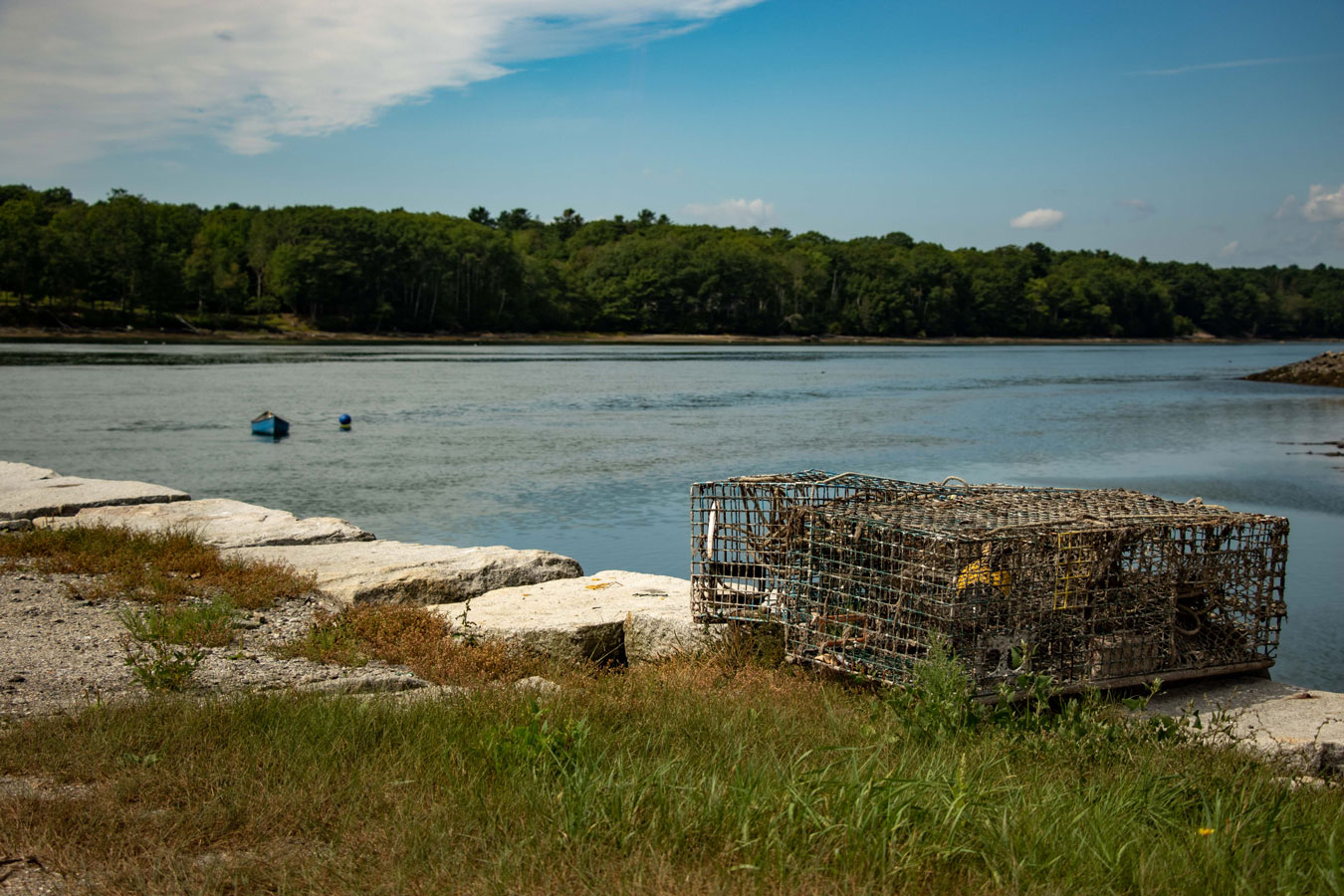
Friends Group Researches Water Quality to Protect Taunton Bay
This project was partially funded with Maine Sea Grant program development funds. Maine Sea Grant supports scientific research that addresses issues of importance to Maine’s coastal communities through a biennial research competition and project development funds for seed or pilot projects. More information is available on our Funding page.
Across the state of Maine, a defining aspect of our environment and ecosystem is the expansive network of estuaries and watersheds. Throughout the state, there are 543 unique watersheds with a total of 3,500 miles of coastline. Maine’s aquatic environments and extent of estuaries are vital in so many ways. Local communities take action in different ways to protect their water quality which in turn affects how estuaries function and people interact with them.
In Downeast Maine, for example, members of the six towns surrounding Taunton Bay have established a grassroots organization focused on protecting their local ecosystem. The Friends of Taunton Bay (FTB), is a grassroot organization focused on protecting the health and sustainability of the Taunton Bay ecosystem. Founded in 1990, FTB has served the local community through research, education, and advocacy with the goal of protecting their backyard marine environment.
Taunton Bay encompasses several distinct bodies of water including Hog and Egypt Bay, Carrying Place Inlet and from the Taunton River outlet to the protruding rock ledge at Tidal Falls. Boarding the towns of Franklin, Hancock and Sullivan, Taunton Bay extends across a large geographic area that joins Frenchman Bay. Listed as a nationally significant estuary, Taunton Bay is one of the 14 places in Maine granted special protection by the U.S. Department of Interior as a “Focus Area of Statewide Ecological Significance.” This designation is largely due to Taunton Bay’s unique and valuable ecosystem.Throughout Taunton Bay, there is a major system of fisheries that support shellfish harvesting (clams, lobsters, crabs), oyster aquaculture and seaweed harvesting.
To help protect this marine ecosystem, in 2022 FTB created a comprehensive water quality management program that was developed to protect the estuarine environment. In collaboration with Mark Whiting, PhD, Chair, Board of Supervisors for the Hancock County Soil and Water Conservation District, they developed a plan to gather information for a baseline water quality assessment. This baseline data provided the necessary information for future monitoring of the Taunton Bay region.
Whiting began the monitoring program focused on examining the pH and temperature of the estuary as well as the concentrations of toxic metals and bacteria.
Throughout their research, Whiting and the FTB collected essential data for water quality monitoring. When measuring pH, they collected samples that read “a pH of 8 which is very close to the expected pH of 8.2 that is seawater,” Whiting explained. This led them to determine that the pH levels of Taunton Bay presented no risk to the marine species. For the measurement of toxic metals, they conducted a “trace metals analysis due to the presence of old silver mines” Whiting explained. After their analysis, Whiting and the FTB found no significant concentrations of the metals of concern (silver,gold,lead, and mercury). During their measurements of pH, temperature, and trace metals, Whiting and the FTB detected no abnormalities in the water quality of Taunton Bay.
Another series of testing was conducted through the examination of bacteria concentrations. Whiting explained that Taunton Bay had experienced “periodic closures due to runoffs and high bacteria counts.” Due to these periodic blooms, Whiting and the FTB worked to determine the starting location of these blooms. They determined that the primary sources of runoff contained strong canine and bird signals, originating inland. These results indicate that human induced runoff is not the primary cause of the algal blooms.
After the completion of the 2022 baseline water quality tests, Whiting and the FTB were prepared to further develop their monitoring of Taunton Bay. In the second year of monitoring, they expanded the program into freshwater streams that flow into the bay to examine where the sources of bacteria originate. Whiting and the FTB also plan to monitor the levels of PFAS (Per- and polyfluoroalkyl substances) due to their potential adverse effects on marine ecosystems.
Taking action to protect their local communities, Whiting and the FTB’s development and implementation of a water quality management program provided essential information for the water quality protection and sustainability of Taunton Bay. Their collection of environmental data will help inform future researchers, manufacturers, and organizations around Taunton Bay about the local marine ecosystem. Looking towards the future, Whiting and the FTB’s work will continue to protect the health and sustainability of one of Maine’s unique and significant estuaries.
Posted 6 June 2024
